Whether it’s a 5k or an ultra marathon, running is a lot like drinking… you need to pace yourself if you want to last the distance. Go out too quickly and things can get pretty messy later on. Start off too cautiously and you might not have time to catch up with the pack. Luckily Martin Yelling, Marathon Talk host, super coach, runner, triathlete, and husband of Olympic marathon runner Liz, has some pacing tips to help us out.
On a sunny morning this week, we were lucky enough to meet Martin and experience his pacing wisdom first hand. Hosted by the Human Race Pace Series, we went along to a session at Paddington Recreation Ground designed to help runners work on perfecting race pace for upcoming events.
As Martin says, “How many times have you heard people say I felt really good till mile X, then the wheels came off?’ A very common reason for struggling in the second half of a race is poor pacing. Starting too fast, investing too much energy in the first few miles and then having to slow down.”
How many times have you heard people say I felt really good till mile X, then the wheels came off?’ A very common reason for struggling in the second half of a race is poor pacing.
This is a point we proved almost immediately. Martin asked everybody to run a lap of the 400m track at what they thought was their half marathon pace. All of us came in too fast. If I’d carried on at that speed for 13.1 miles, I would have ducked under the 1.30 half marathon mark – something I’m not fast enough to do. Realistically I would have crashed, burned, and come in way under my target time.
That said, knowing you should be running at a steady pace is one thing but putting it in to practice is another. Particularly when you’re on the starting line with fresh legs, an abundance of adrenaline and high on race day atmosphere. Not to mention all those other runners – I mean who doesn’t get a little carried away and competitive?
Luckily, Martin gave us some pacing tips to work on to help keep splits even and finish strong. Now if he could just sort out our drinking situation too that’d be fantastic!
Martin Yelling’s top tips for perfect race pacing
Know your pace – i.e. the speed and effort you can sustain for the duration of your event. Working out your pace per mile/km to the second (for example, 9 minute miles) means you have a clear target finish time to aim for and can work out what this equates to at each mile or km to stay on track. Devising a pace strategy helps you have a much better, more comfortable race experience.
Practice. Great pacing is learned, to really understand what it feels like to run at race pace you need to practice. You don’t need to cover the full race distance but make sure you include sections of runs at race pace in your training at least once a week.
Don’t rely on GPS. Dial into how you feel instead – breathing rate, muscle ache etc. How you interpret the signals your body is sending you is known as RPE – rating of perceived effort. Use this to gauge pace and intensity. I often do a five-mile loop with tape over my watch so I can’t check the time until I get back. If you’re not too hung up on time, you may even find your steady pace is faster than you thought.
Race it. Try your pacing strategy in a practice race. Be patient and disciplined at the start and don’t get sucked in by the pace and speed of other runners.
Be consistent. When practicing pacing aim for consistency. Give yourself a parameter either side of your target time to keep you on track. For example, if your target pace is 8.15 per mile your range may be 8.10-8.20. This allows for different terrains and inclines. In longer races take an average of your last three miles to keep on track with small fluctuations.
Play with pace. Exploring different paces will develop your fitness and running economy and keep you interested and motivated to train. Do some training runs faster than your target pace (this helps make race pace feel easier) and some slower (for recovery).
Beware the playlist. Lots of people find it motivating to run with music but in a longer race make sure you save ‘Eye of the Tiger’ for the last few miles. Very fast, uplifting songs at the beginning of a race can encourage you to start too quickly so if possible build a playlist that matches your pace and is upbeat at the end when you need it most.
Remedying a mistake. If you spanked it at the beginning, slow down gradually to regain control. Likewise, if you’re stuck in the crowd at the beginning of a longer race and find yourself a few minutes behind target, control your speed and build it up a few seconds a mile rather than speeding off and wasting vital energy.
Balance. Keeping your pace where you want it for the duration of a race is a balancing act. Training, fitness, motivation, race day nutrition and hydration, the course, the weather… all play a part. It won’t always feel straightforward to get your pace spot on and your target pace will naturally feel much easier in the first half of the race than the second. But your goal is not to slow down.
Relax. Enjoy and run.
The Human Race Pace Series allows runners to join a pace group to run their perfect race. Sign up to an event in the Human Race Pace Series at www.humanrace.co.uk

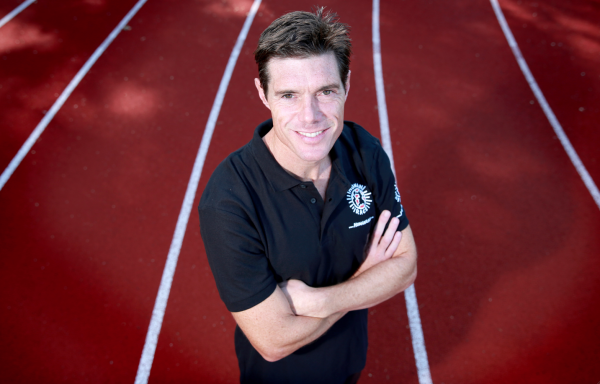
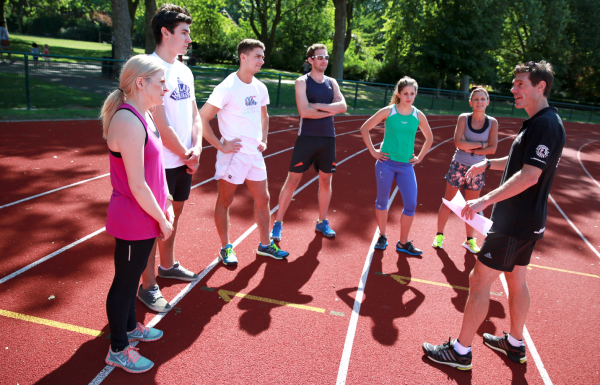
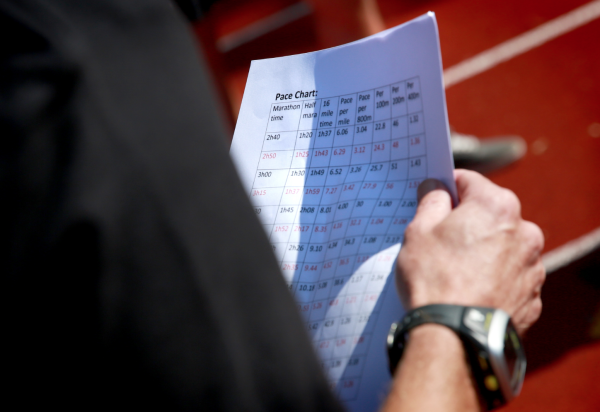
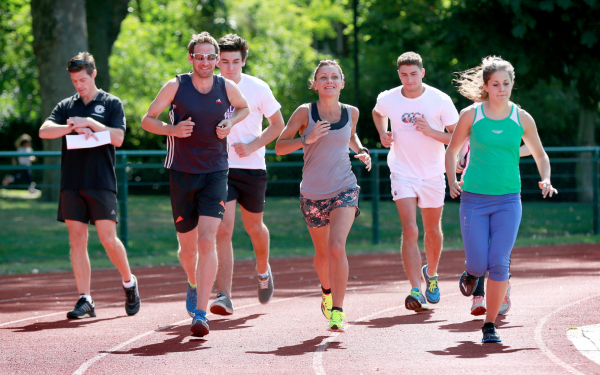
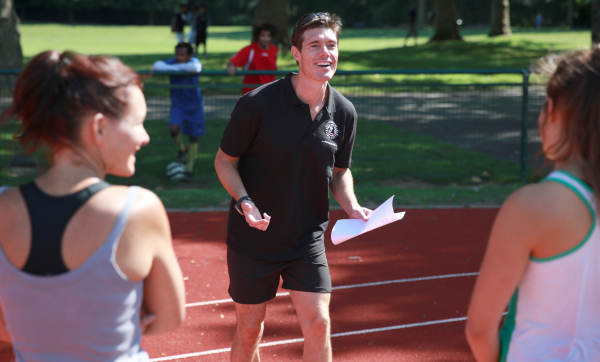

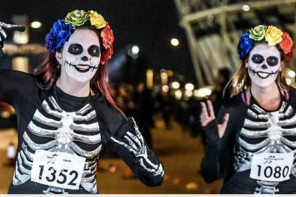
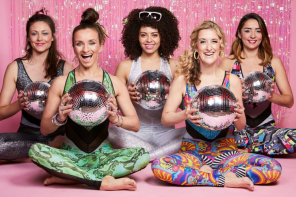
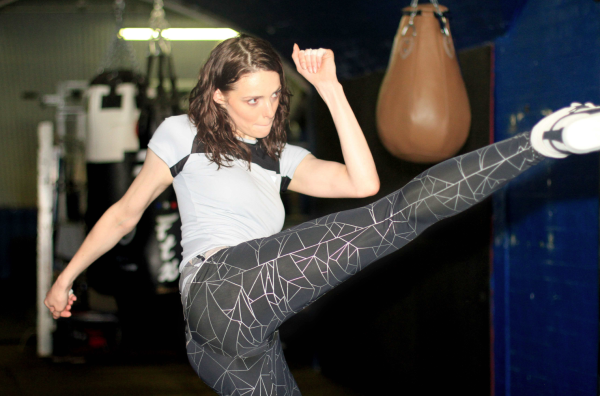
Really interesting post – pacing is definitely something I want to get better at in the run up to the New York marathon!
londonandme.org